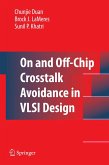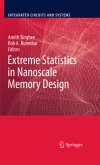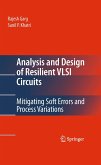The purpose of this book is to provide a practical approach to managing security in FPGA designs for researchers and practitioners in the electronic design automation (EDA) and FPGA communities, including corporations, industrial and government research labs, and academics. This book combines theoretical underpinnings with a practical design approach and worked examples for combating real world threats. To address the spectrum of lifecycle and operational threats against FPGA systems, a holistic view of FPGA security is presented, from formal top level speci?cation to low level policy enforcement mechanisms, which integrates recent advances in the ?elds of computer security theory, languages, compilers, and hardware. The net effect is a diverse set of static and runtime techniques that, working in coope- tion, facilitate the composition of robust, dependable, and trustworthy systems using commodity components. We wish to acknowledge the many people who helped us ensure the success of ourworkonrecon?gurablehardwaresecurity.Inparticular,wewishtothankAndrei Paun and Jason Smith of Louisiana Tech University for providing us with a Lin- compatible version of Grail+. We also wish to thank those who gave us comments on drafts of this book, including Marco Platzner of the University of Paderborn, and Ali Irturk and Jason Oberg of the University of California, San Diego. This research was funded in part by National Science Foundation Grant CNS-0524771 and NSF Career Grant CCF-0448654.








